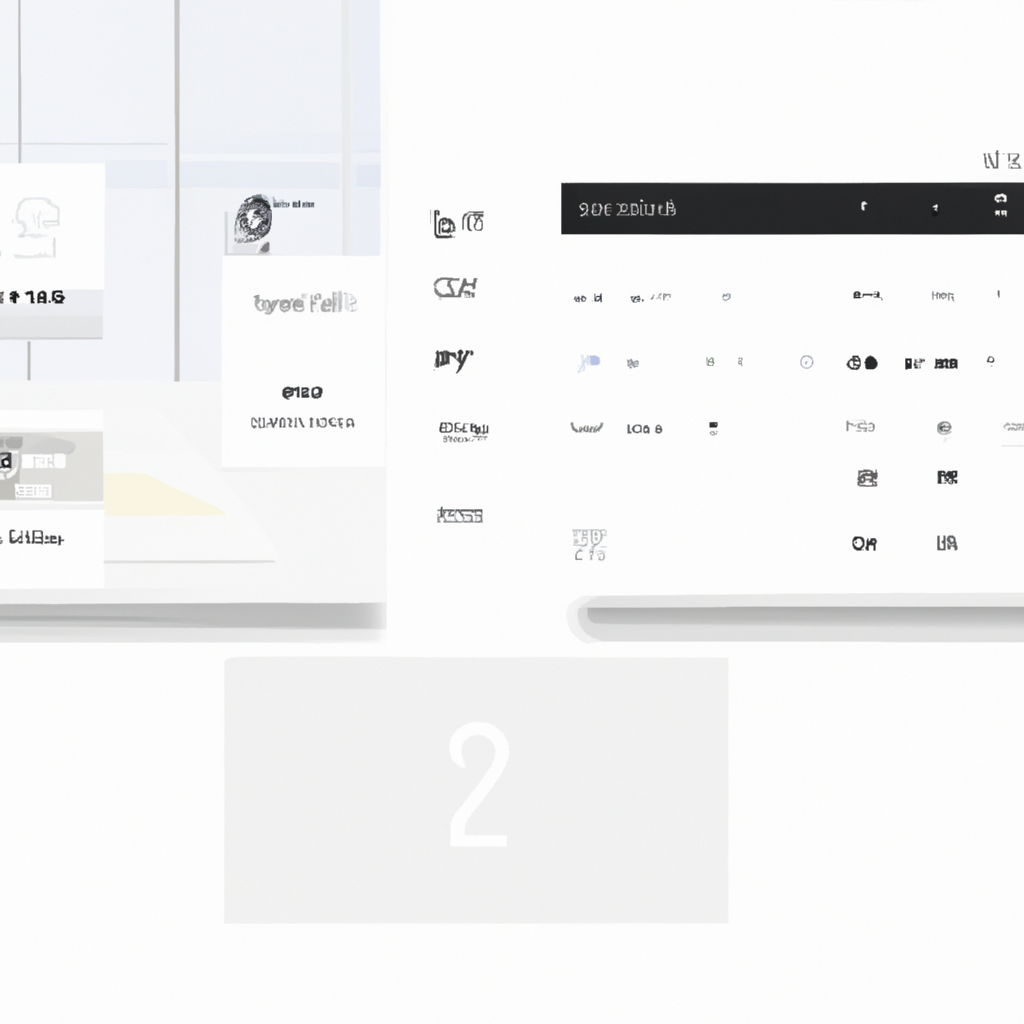Embracing Simplicity: The Rise of Minimalist UX Design in 2025
In the fast-paced digital world, the trend towards minimalist UX design has become more prominent than ever in 2025. This approach not only enhances user satisfaction but also significantly improves the usability of digital products. Let’s dive into why minimalist UX design is leading the way and how you can implement it effectively.
Understanding Minimalist UX Design
Minimalist UX design focuses on simplicity and the ‘less is more’ philosophy. By stripping away unnecessary elements, designers are able to offer a clearer, more direct user experience. This design trend emphasizes core functionality and increases the product’s intuitiveness.
Benefits of Minimalist UX Design
-
Improved User Engagement: Simplified interfaces lead to better user engagement by removing potential distractions.
Advertisement -
Enhanced Usability: With fewer elements on the screen, users can navigate more easily, making the interface more intuitive.
-
Faster Load Times: Minimalist design typically translates to lighter websites and applications, which load faster and perform better.
-
Better Aesthetics: Minimalism often results in a more aesthetically pleasing design which can be crucial for brand perception.
Implementing Minimalist UX Design in 2025
To effectively implement minimalist UX design, focus on functionality, keep content to the essentials, and use space strategically to guide user attention. Also, consider the visual hierarchy and typography to enhance readability and user flow.
Case Studies and Examples
Several leading companies have successfully implemented minimalist UX design in their products. For example, a popular social media platform redesigned its interface to enhance clarity and focus, resulting in a significant uptick in user engagement and satisfaction.
Conclusion
As we continue through 2025, minimalist UX design remains a key trend in the digital landscape. By embracing simplicity, designers can create more effective and engaging digital experiences.






